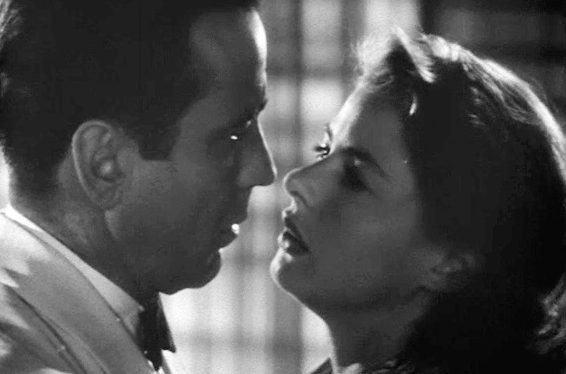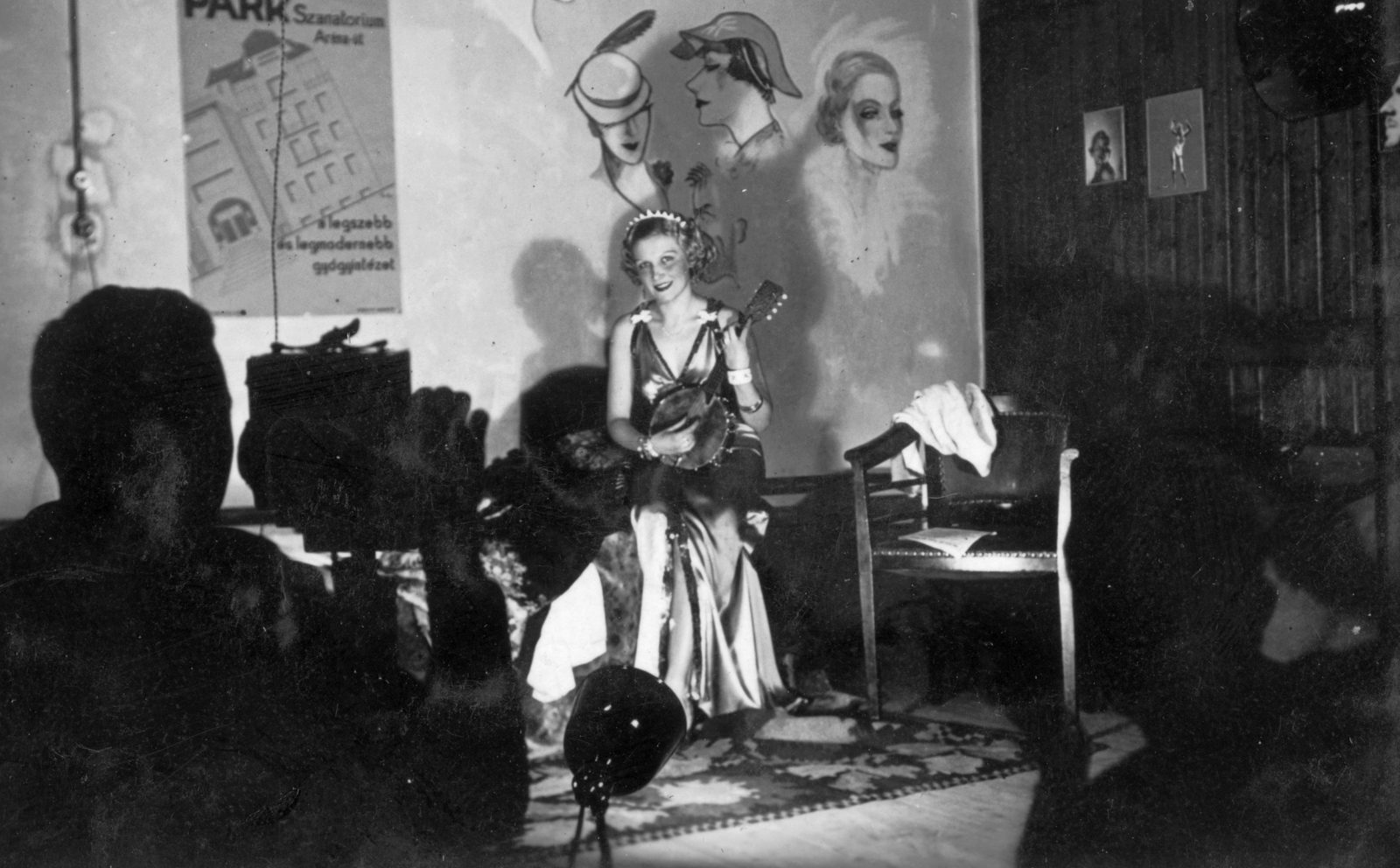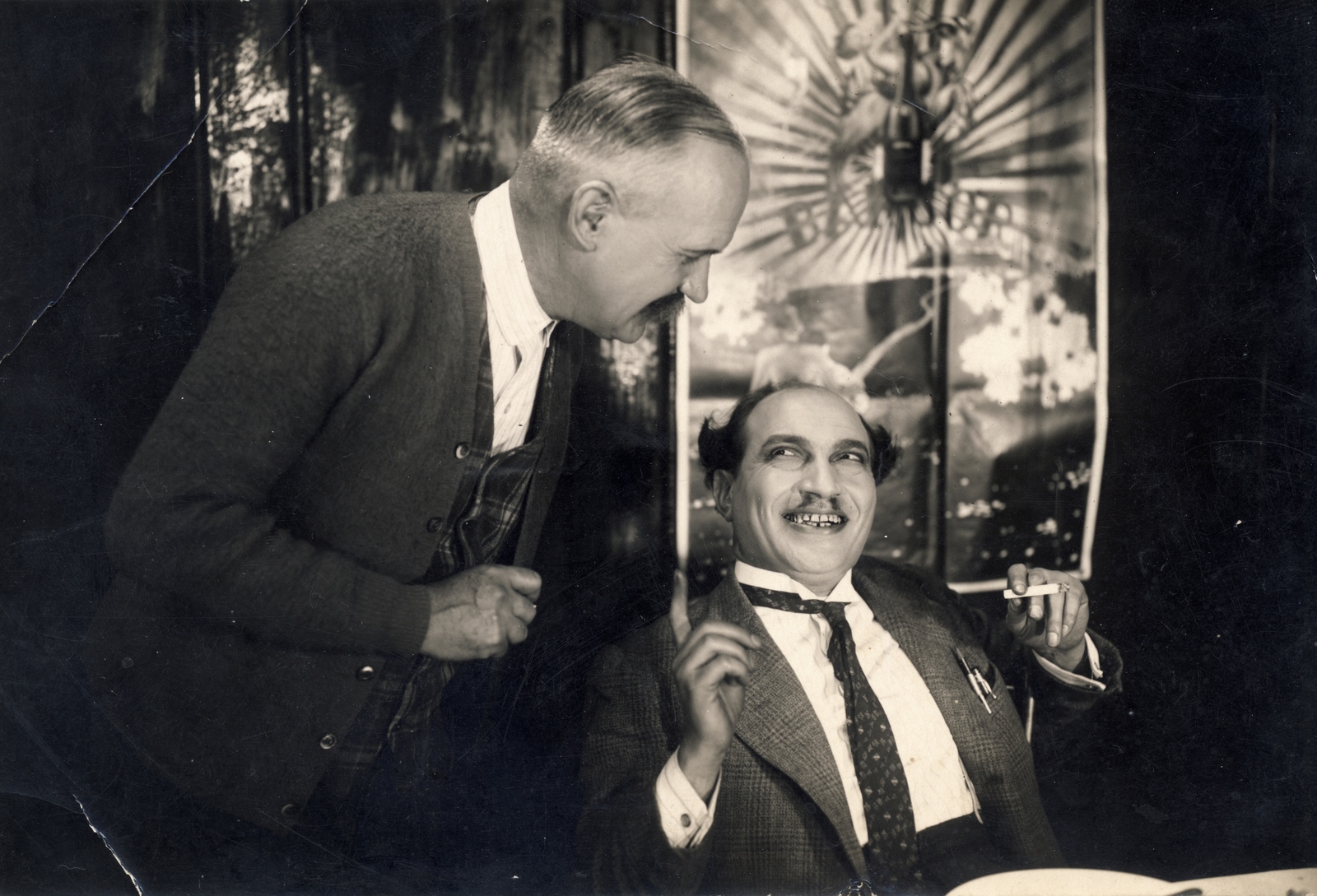
Michael Curtiz emigrated to the United States in 1926.Continue reading

On Tuesday, the National Film Institute – Film Archive made a documentary film entitled Lost Hungarian Films available free of charge on its YouTube page, describing the vicissitudes of the past 120 years of the Hungarian film industry, the tragic circumstances of destroyed films, and the possibility of rediscovering long-forgotten works.
According to a statement on Tuesday by the agency in charge of the film’s communication, the documentary is about the early challenges in the history of Hungarian cinema, including the flammability of nitrocellulose film reels, causing many tragic fires during the silent film era. Even the reels that survived intact were not safe, often being recycled because of their precious silver content, and many films were lost as a result. Their destruction continued in the engine room, where the machinists themselves often cut out the scenes they liked, and the piquant details were particularly at risk.
The documentary highlights the key role of film studios such as Jenő Janovics’ workshop in Cluj-Napoca (Kolozsvár, Romania). It was here that directors such as Michael Curtiz (Mihály Kertész) and Alexander Korda (Sándor Korda) began their careers. Unfortunately, many of their early works have also been lost.
The emergence of sound film marked a turning point in the cultural appreciation of films and the importance of their preservation, but the failure to create film archives led to the loss of more than 90% of Hungary’s silent films. This was the case with the very first Hungarian silent film to be directed, The Dance (A táncz, 1901).
The documentary also details the challenges during and after the Second World War, in particular the tragedy of films that were sheltered in wine cellars during the war, and the political censorship.

A scene from There is Only One Girl in the World (1930), one of the first Hungarian talkies. Pictured: actors István Falussy and Lajos Gárdonyi. Photo via Fortepan/Kármentő Éva
Hungarian films have traveled around the world since the 1910s, therefore there is still hope that valuable pieces from foreign archives and legacies may turn up. Although inadequate storage of nitrate raw material can cause serious damage to old films, digital technology and databases now make it possible to identify even fragments more effectively.
This work is also helped by the archives: in 1957, the Film Archive had only 12 Hungarian silent feature films in its collection, but thanks to extensive international cooperation,
this number has now risen to almost 70.
Lost Hungarian Films was directed by Enikő Löwensohn together with Barnabás Weisz, who also produced the animation. The composer was Botond Lelkes, the screenwriters were Enikő Löwensohn and Evin Hussein, narrated by Barbara Hegyi, and produced by György Ráduly.
Via MTI; Featured image via Fortepan